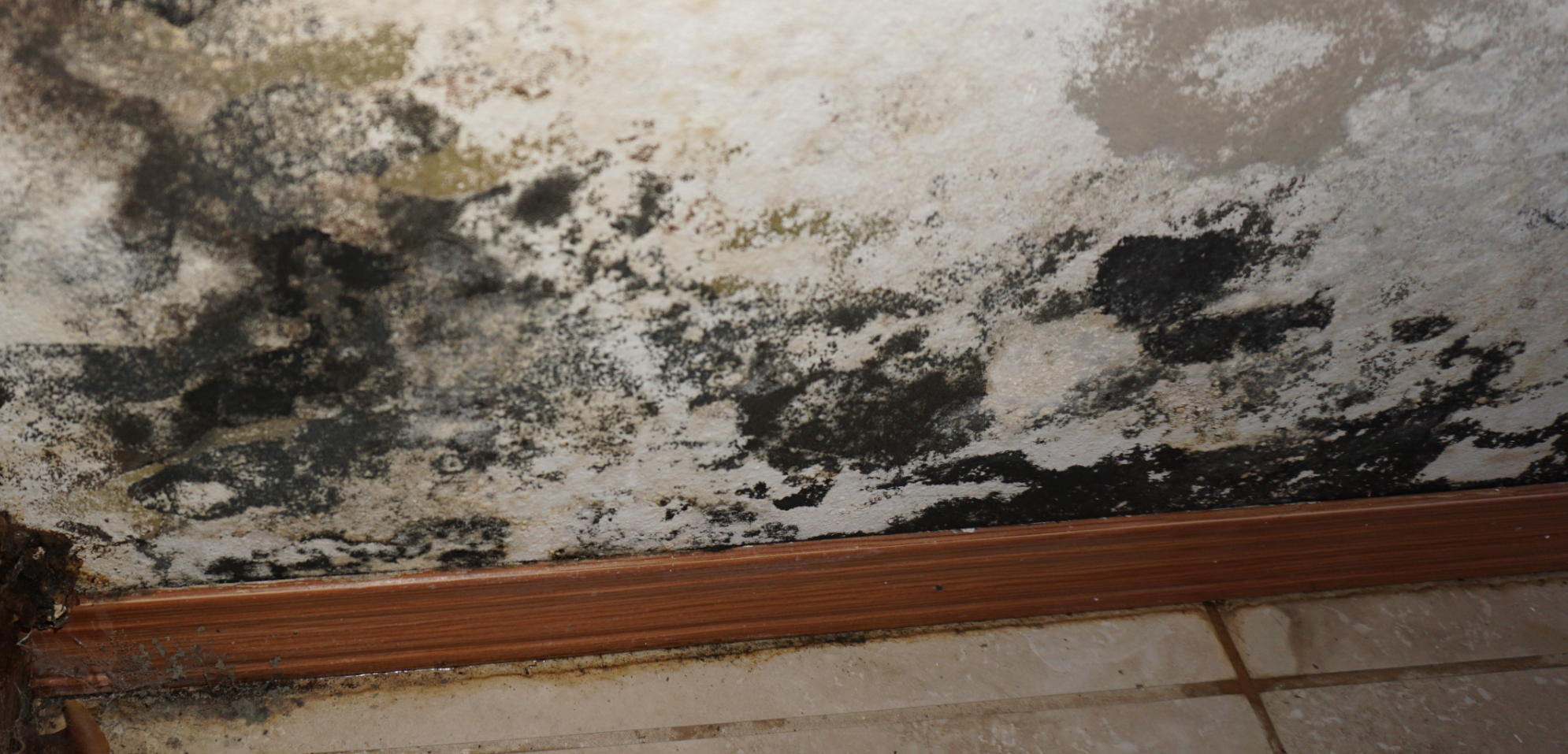
Air Quality | Mold | Meth | Radon | VOCs
Yes! Washington has areas with High Radon Levels!
Radon gas is indiscriminate. It’ll affect every man, woman, child, baby, dog and cat in any household. Every living, breathing thing is at risk from radioactive radon gas. A radon measurement of only 2 pCi/l is the same as smoking 4 cigarettes a day. Can you imagine the long term effects on a baby in that environment? The majority of radon-induced lung cancers are caused by low and moderate radon concentrations rather than by high radon concentrations because in general fewer people are exposed to high indoor radon concentrations.
We recently tested a Yelm home that had a radon reading of 24 pCi/l. That’s like smoking over two packs of cigarettes a day. Everyday.
Seattle area apartment tested over 4 pCi/l
Issaquah Home over 7 pCi/l
Kirkland Commercial Business over 8 pCi/l
You can’t see, smell or taste radon gas but it’s everywhere. Including your home. The question is “How much?” You may already know that radon is the 2nd leading cause of lung cancer… Yes, right behind smoking.
Pacific Northwest Inspections Group uses the most Advanced CRM Monitor on the Market
A continuous radon monitor (CRM) falls under the active radon monitor group. Here are some of the benefits of using a continuous radon monitor:
Got Radon?
Radon is a toxic radioactive gas that’s formed in the earth’s crust. It will follow the path of least resistance to the surface. The systems we install prevents radon from releasing into your home. Call Us Today!
EPA recommends you begin with a short term test for more immediate results. If your result is 4 pCi/L or higher, take a follow up test to be sure. WA State EPA maps are OUTDATED! Get a TEST today!
Depending on the results of your first test, follow up with either a long-term test or a second short term test. If your first test results are 4 to 8 pCi/L follow up with a long-term test. If your first test results are 8 pCi/L or above, follow up with another short-term test. If the average of your two short-term tests is 4 pCi/L or above, or the result of your long-term test was 4 pCi/L or above, fix your home. To learn more about how to fix your home, visit About Radon Mitigation.
If your test results are below the action level of 4.0 pCi/L, you may want to re-test in two to five years. You should test again if anything is done to the house that may change the air pressure like home renovation or the installation of new heating or air conditioning systems.
Radon mitigation is any process or system used to reduce radon concentrations in buildings. The goal of the radon mitigation system is to reduce the indoor radon level as low as reasonably achievable. All systems should reduce radon below the EPA action level of 4 pCi/L (picocuries of radon per liter of air). A quality radon mitigation system may reduce year-round levels to below 2 pCi/L.
A home's foundation type helps determine the radon mitigation system that will work best. A PNWIG radon mitigation professional should determine the type of mitigation system to install and may conduct some diagnostic testing to help guide where to place the mitigation system.
Radon mitigation systems use a fan to continuously pull air from the soil and vent it outdoors through a pipe that ends above the edge of the roof. The pipe can either run inside or outside the home and vents outside, away from windows and openings. In addition, cracks and openings in the foundation are sealed. Sealing limits the flow of radon and makes the radon mitigation system more efficient.
The cost can depend on many factors including the type of radon system to be installed and how your building was built. In general, costs can range from $5,800 to $7,000 for a 2000sf building in Washington State.
We install a properly balanced system! Save thousands with a properly installed Radon System. Call Us 425.608.9553